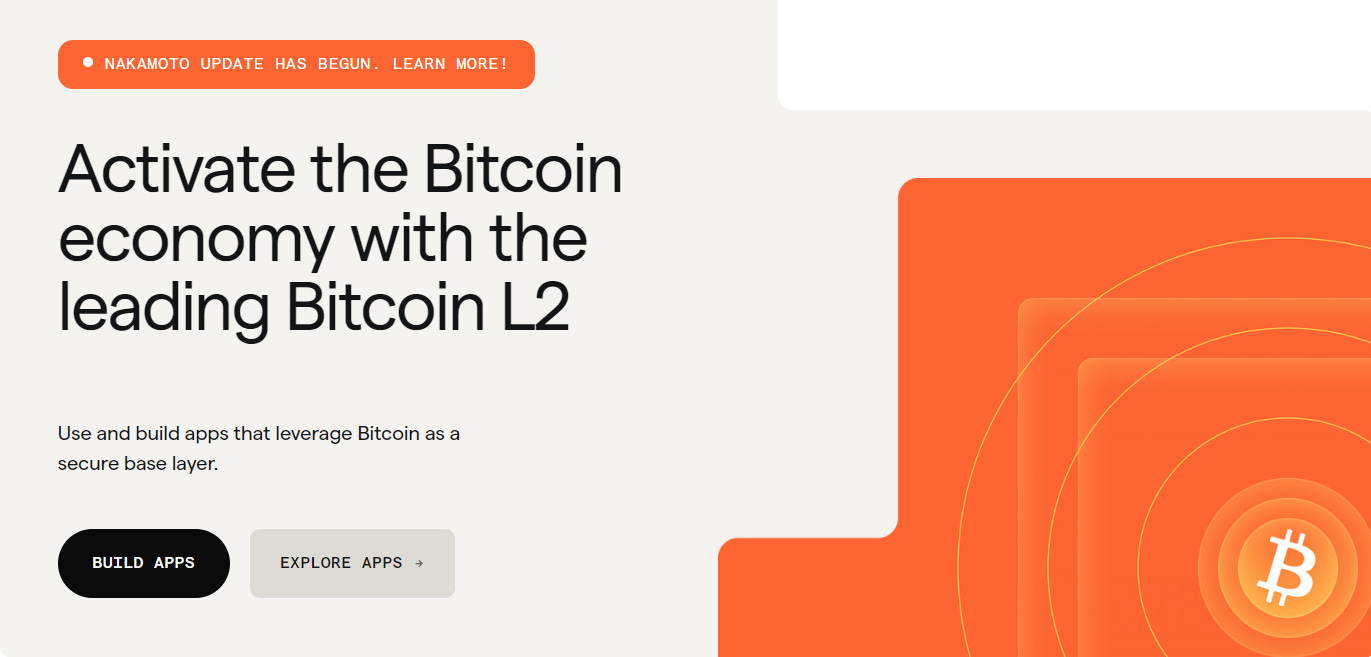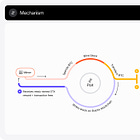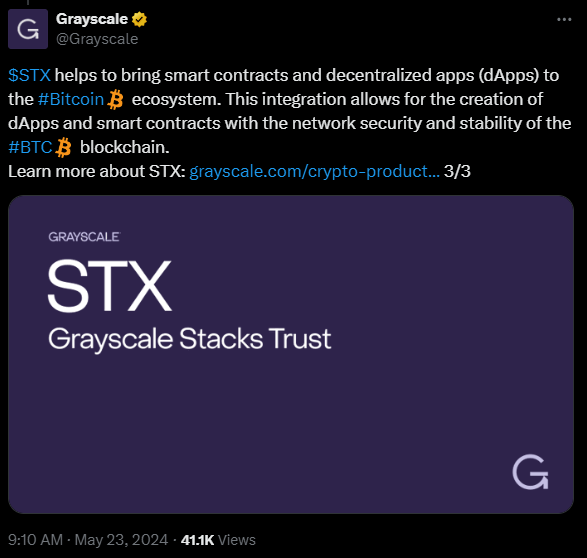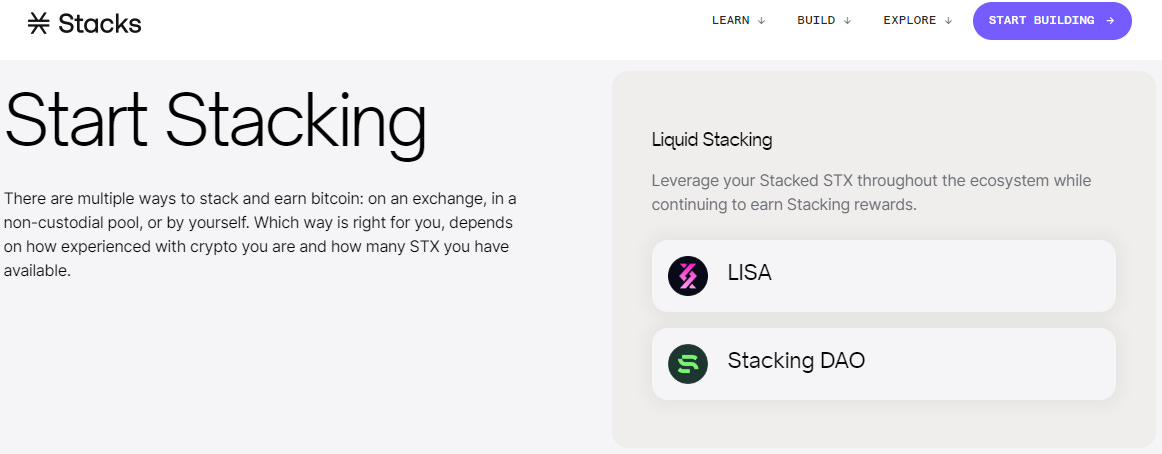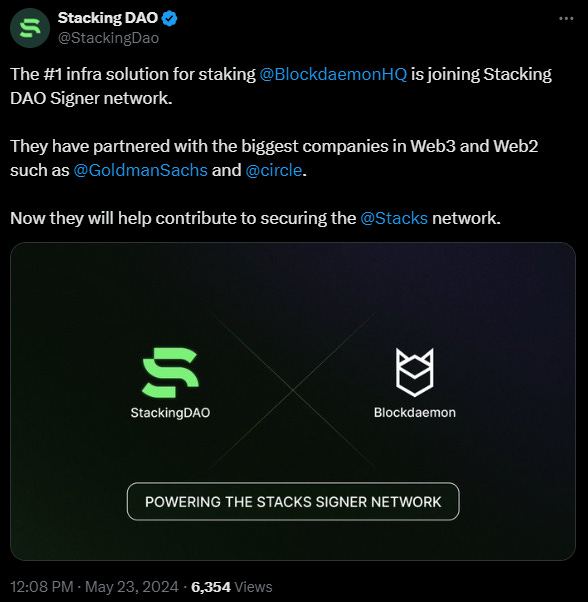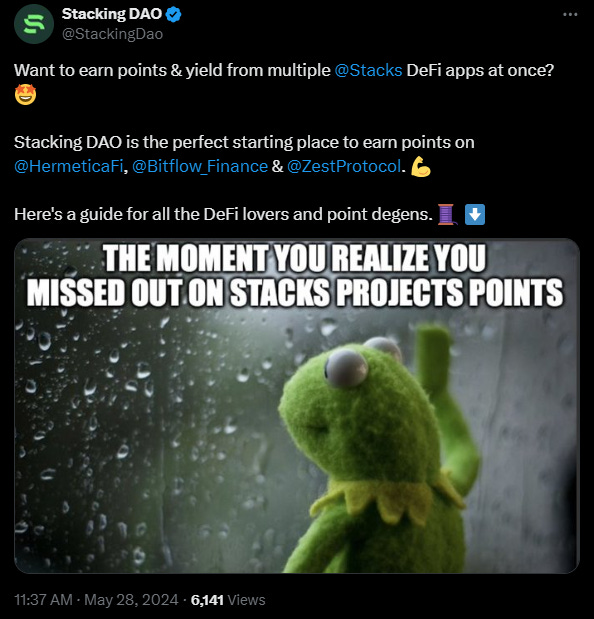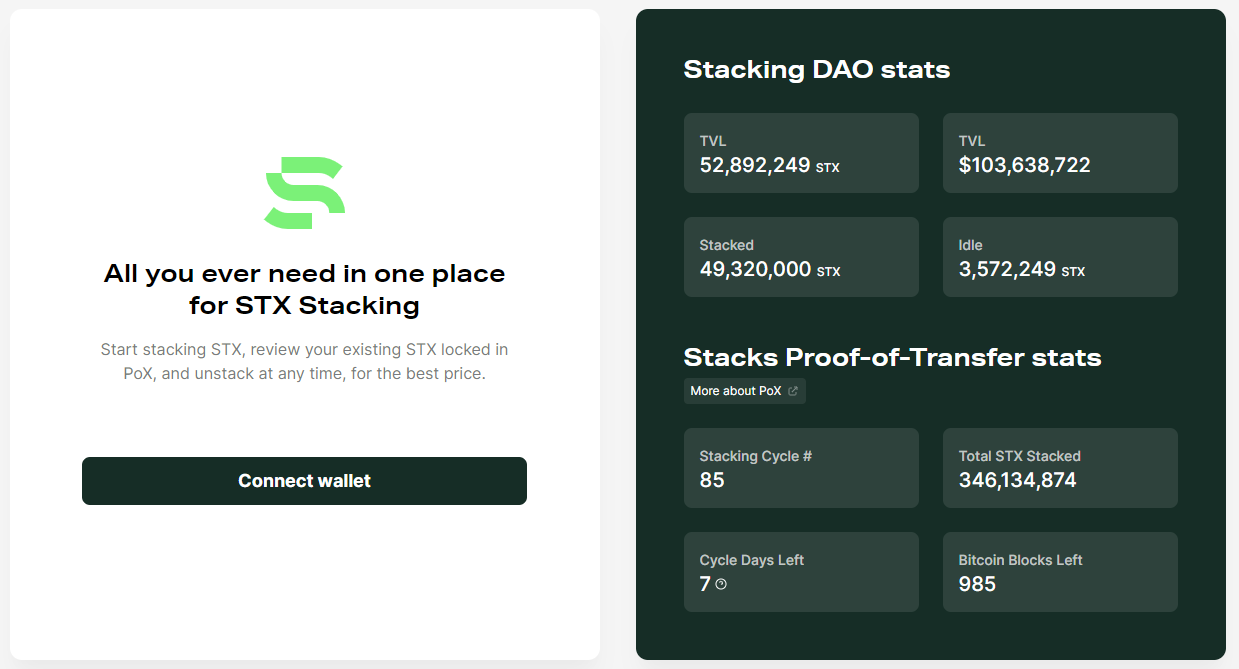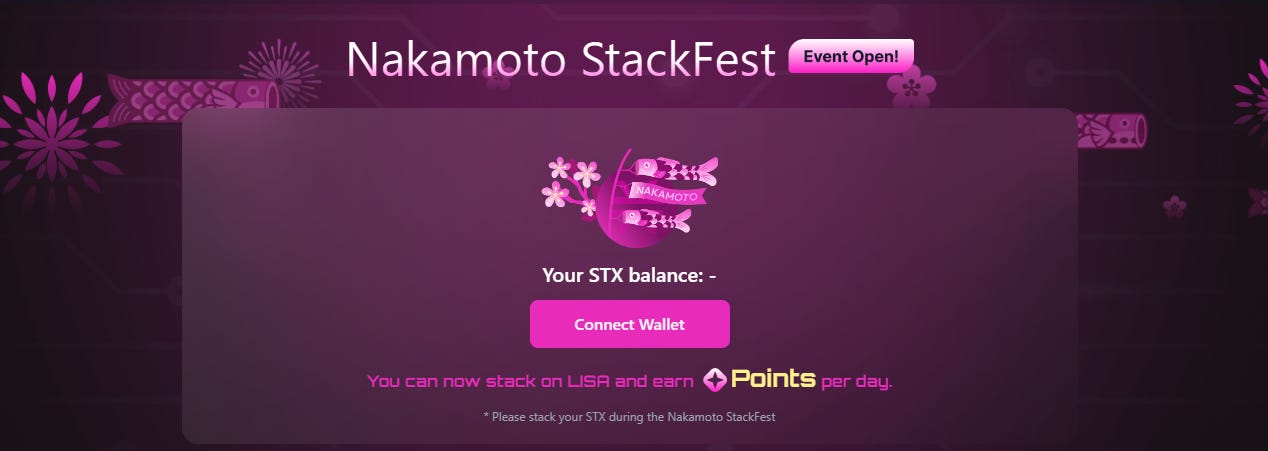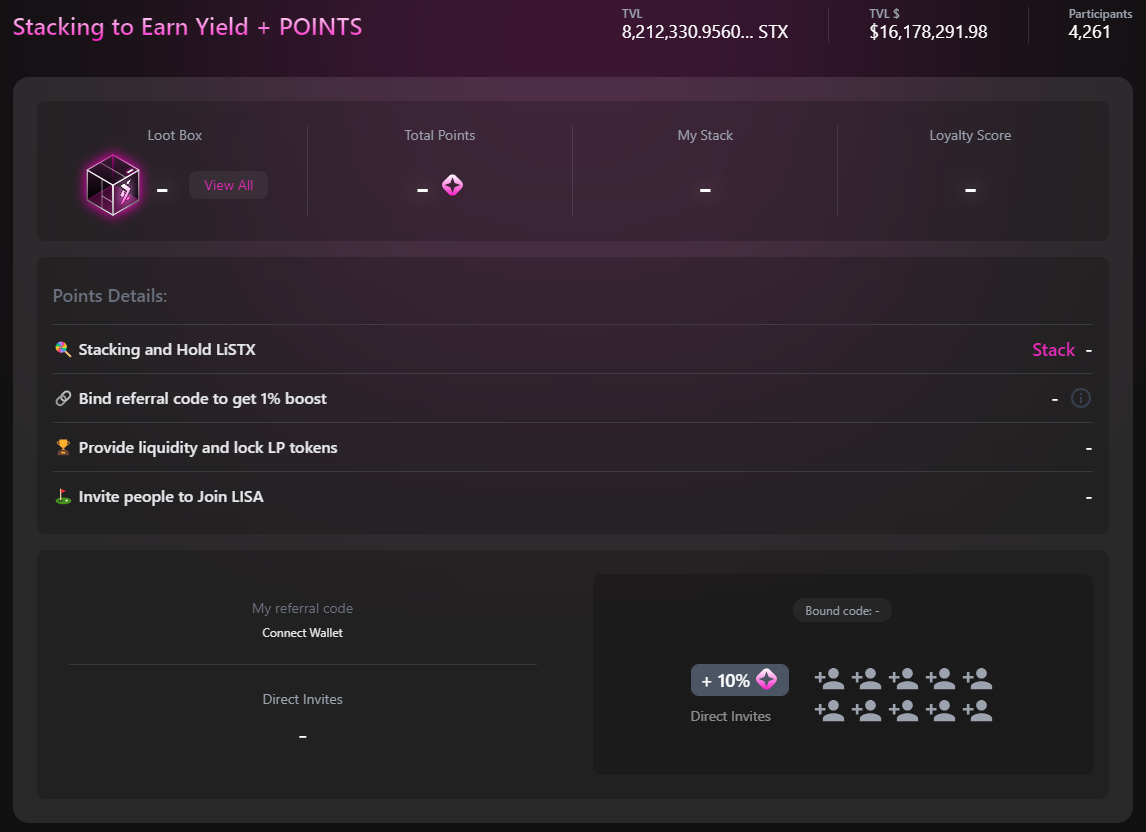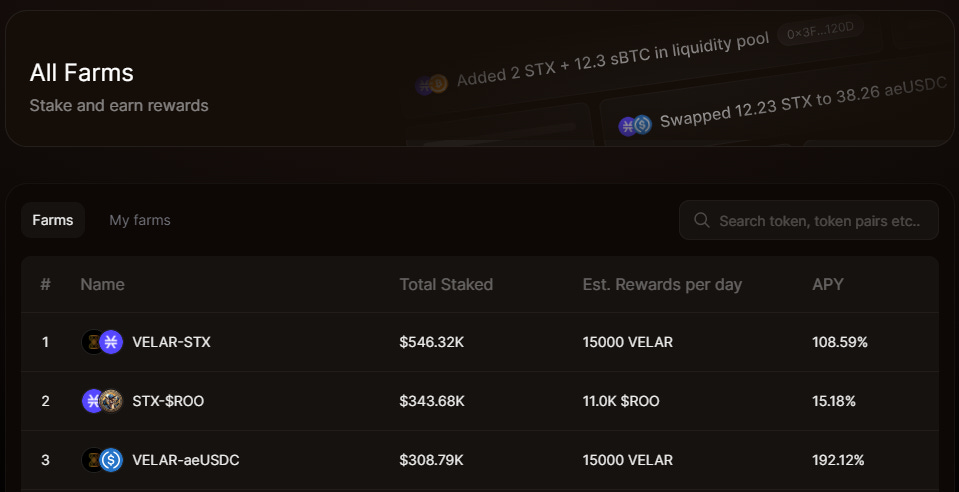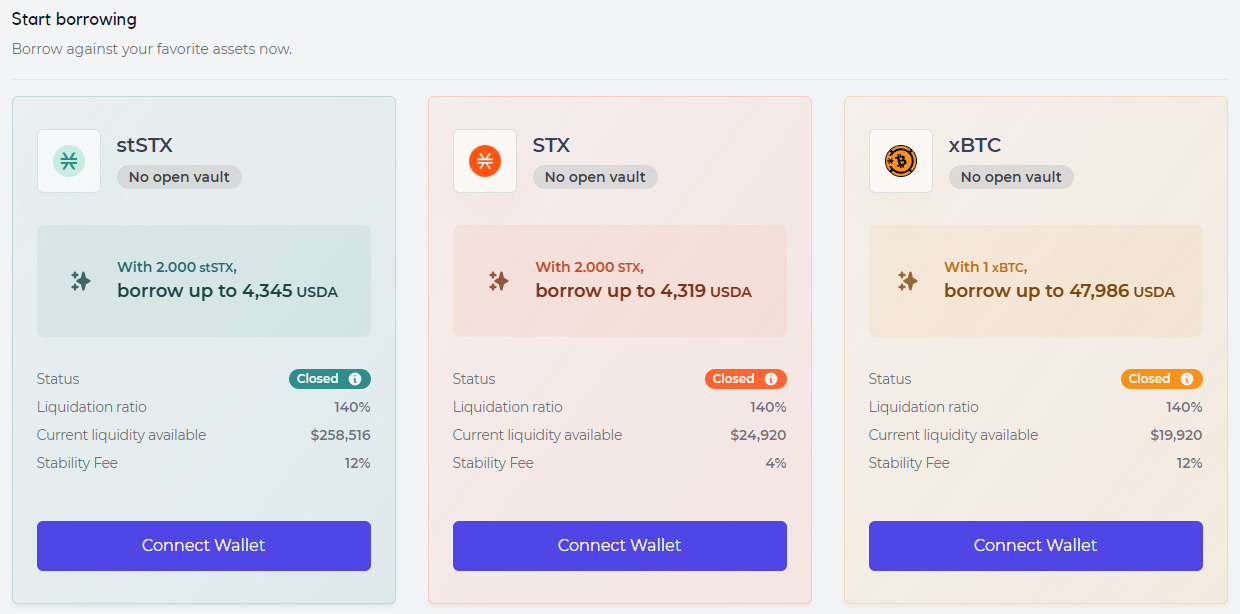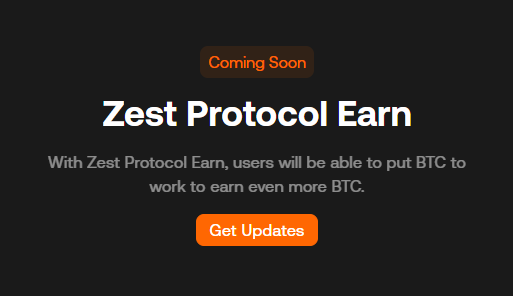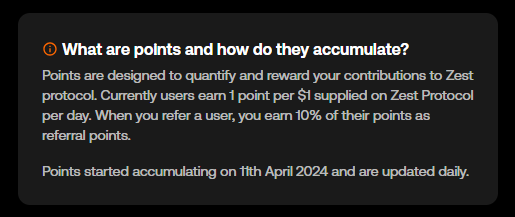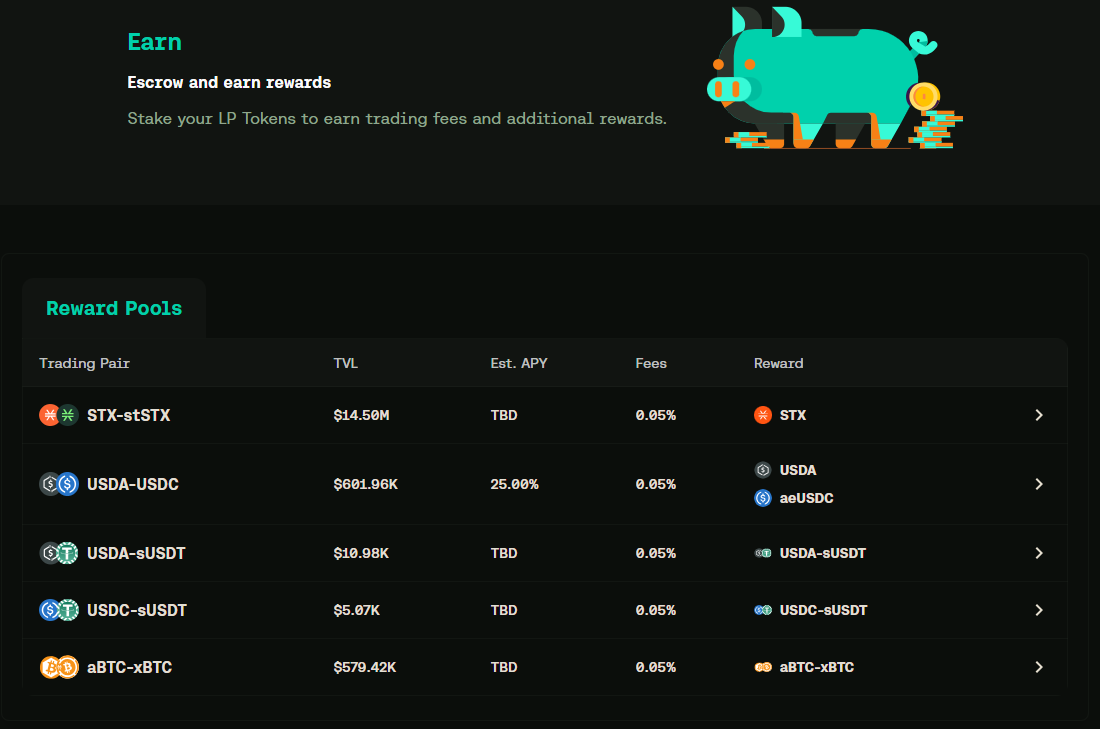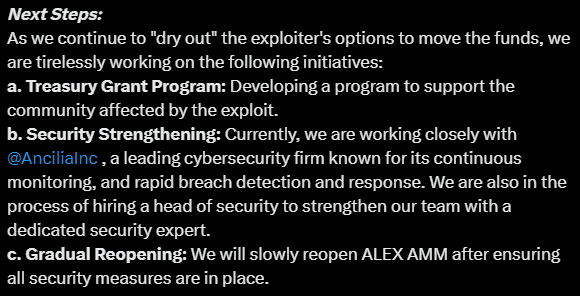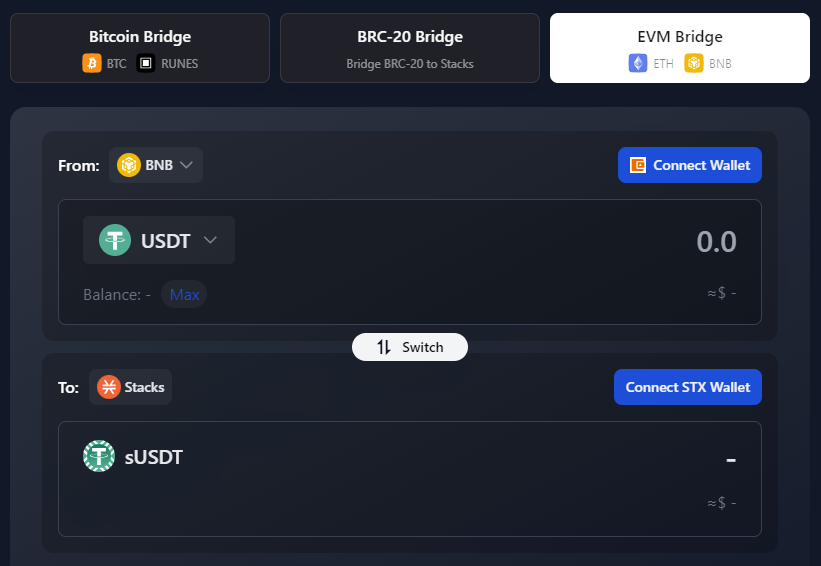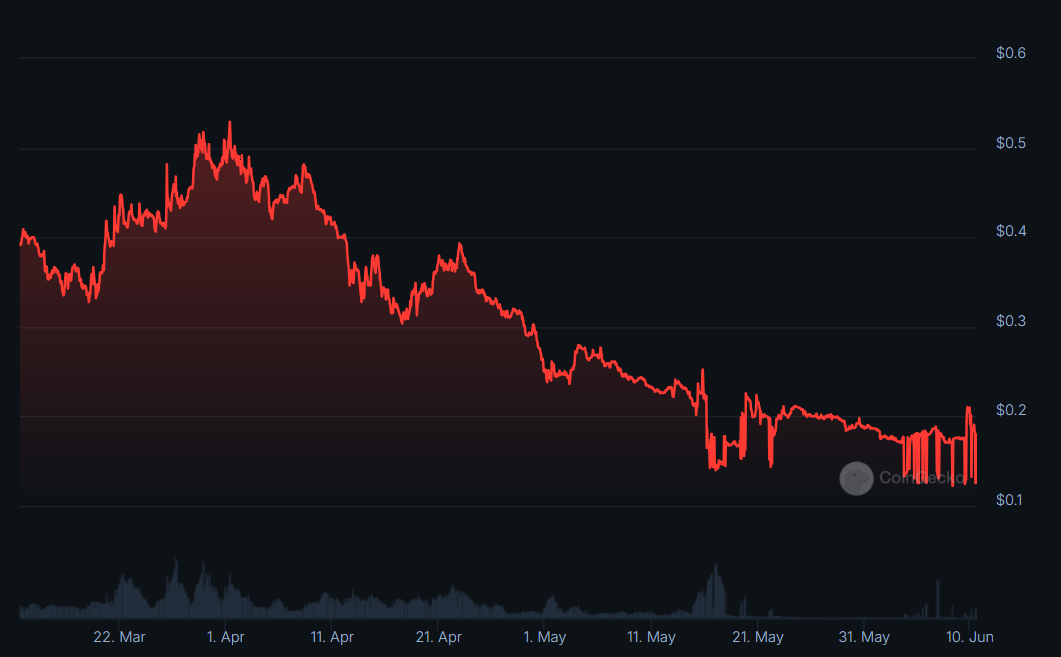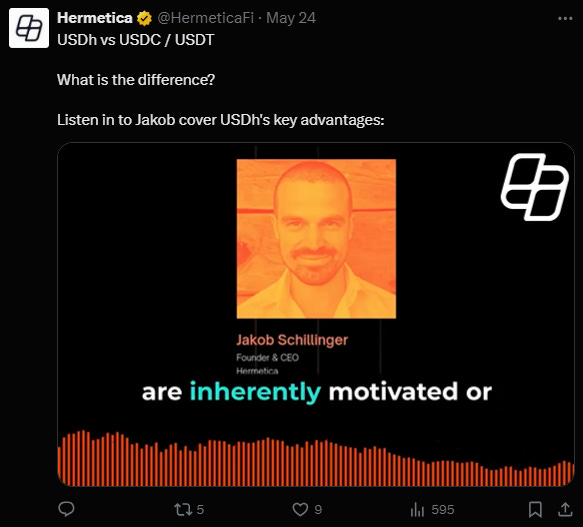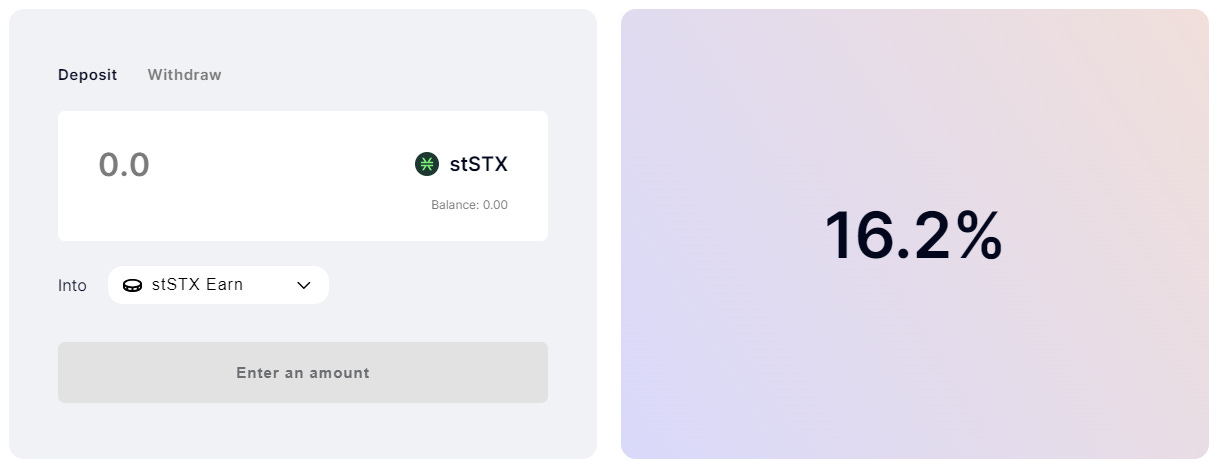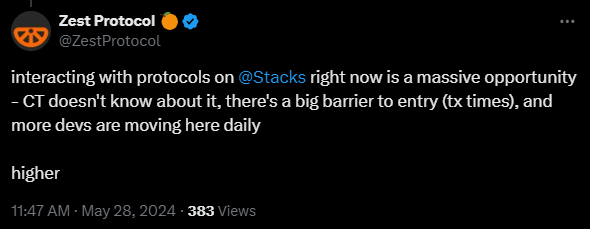This post is a sponsored by the Stacks Foundation.
A lot has been happening on Stacks Protocol
Last month, I wrote a deep dive about Stacks in this newsletter. To recap in brief, Stacks is a Layer 2 on Bitcoin that enables DeFi and other smart contract applications to be built on Bitcoin.
Here’s the article, to get you up-to-speed:
Since then, the news for Stacks hasn’t slowed down.
Grayscale Launches a Stacks Trust
Grayscale launched a Trust for Stacks, giving accredited investors exposure to the STX token and Bitcoin DeFi. The immediate effect of this is that it becomes easier for money to enter Stacks. The eventual result is increased legitimacy for Stacks and BTCFi. The end goal for Trusts like these, as we saw with GBTC and now Grayscale’s ETH Trust, is to get uplisted to a publicly tradeable ETF.
After diving deeper into the ecosystem, it’s understandable why Grayscale wants to open up access to more investors.
Upcoming Nakamoto Upgrade on Stacks
The Nakamoto Upgrade is coming to Stacks soon. As a refresher, this is important because the Nakamoto upgrade reduces transaction time down to seconds.
After the upgrade, Stacks will also have Bitcon finality. This means reversing a transaction on Stacks is as least as hard as reversing a Bitcoin transaction (i.e. it would cost billions in computational power to rewrite the chain’s transaction history). This will make Stacks the most secure Layer 2 chain in existence.
This upgrade will be followed by the implementation of sBTC, the only truly decentralized Bitcoin backed asset on Stacks and potentially the key to unlocking all of the BTC sitting idly and turning BTC into a productive asset. There are currently $1.4 Trillion of BTC waiting to be turned into productive yield-bearing assets. You can read more about that in my last Stacks post.
Here’s a quick video overview of Stacks and why billions of people may use the ecosystem:
In this article, we’ll dive into opportunities within the Stacks ecosystem.
We’ll tall about:
Growing protocols
Protocols likely to airdrop
Best strategies for accumulating protocol points
How to get the best yield on your STX
BTCfi strategies
Before we jump into Stack’s vibrant ecosystem, I want to reiterate that when you Stack STX on Stacks (say that 5 times fast), you earn BTC. Stacking, or deposing for a liquid Stacking token, both gives you exposure to a Bitcoin L2 and helps you accumulate BTC. Simply using the Stacks ecosystem is a great way to stack sats.
You’ll need a Bitcoin-compatible wallet to participate in the ecosystem. Xverse and Leather are good options - they work similarly to Metamask and Phantom wallets. For helpful tips and tricks on wallet setup, as well as a tight-knit community created to help each other make money in DeFi, join Dynamo DeFi Pro here.
Stacks Ecosystem Opportunities
🪂 denotes potential airdrop
Stacking DAO 🪂
Stacking DAO is a liquid Stacking protocol with over $100M in TVL. You can stack your STX and unlock the liquidity with stSTX, the liquid staking token. Stacking DAO is running a points system. Only 34,000 users are currently taking advantage - compared to recent farming competition, this is quite favorable for point / airdrop farmers.
It’s also one of only two protocols highlighted on the Stacks Stacking homepage, meaning more exposure for the protocol to people researching the ecosystem for the first time.
Bottom line on Stacking DAO: Can you think of another way to earn points and BTC at the same time?
Here’s a great thread from Stacking DAO on earning points & yield from multiple Stacks dApps at the same time!
To mint stSTX, click on the image below:
LISA Protocol 🪂
LISA is a collaboration between ALEX, Ryder’s Fast Pool, and Xverse Pool. It’s a liquid stacking protocol that uses a rebase token (LiSTX), similar to Lido’s stETH.
LISA also utilizes a vLiSTX token, which appreciates in value as stacking rewards accumulate. You can read more about both tokens here.
Here’s the TL;DR on the tokens:
LISA has a points system and a Nakamoto StackFest event going on right now. There are less than 5,000 participants participating in the points system. This is a great potential airdrop opportunity to participate in.
Velar
Velar is fairly new to the Stacks ecosystem - just a few months old. TVL is still rather small, but they aim to be a one-stop-shop for BTCfi, including swapping, perp trading and a launchpad.
Velar had a points program previously; however their airdrop is already completed. Now, it exists as a classic high-yield, yield farm. Many pools have small TVLs, but also 3-figure APYs.
Additionally, perp DEXes are one of the most proven business models in DeFi, so if Velar can attract liquidity for their DPE (Decentralized Perpetual Exchange), activity and liquidity could really ramp up on their platform.
Arkadiko
Arkadiko is a decentralized liquidity protocol where users can collateralize STX and other assets like xBTC to mint USDA (Arkadiko’s stablecoin that can currently be added to the Liquidation Pool for ~20% APY) or utilize DLCs. Last time we mentioned Arkadiko, the pools were full. Unfortunately they are still full, but there are plenty of other opportunities that we’ll discuss.
Zest 🪂
Zest Protocol is an on-chain lending protocol, “built for Bitcoin”. The team raised $3.5M from backers including Binance Labs and Draper Associates, with the mission to redefine Bitcoin lending by enabling every BTC holder to deploy their assets in on-chain lending markets.
Their TVL is up over 350% since May 1st.
Zest has two main products - Earn and Borrow.
Earn is coming soon:
Right now, you can supply STX, aeUSDC and stSTX on Zest. You can borrow either aeUSDC or STX.
Pro Tip: supplying stSTX (Stacking DAO’s LST token) earns a 50% point booster for StackingDAO’s point program!
Supplying and borrowing currently earn points for a potential airdrop. The point system began in April:
Even better, you can simultaneously farm Zest, while earning boosted StackingDAO points. For every 1 stSTX lent out on Zest, you earn 1.5 points per day.
Bitflow 🪂
Bitflow is a DEX and yield farm built on Stacks. You can swap BTC, stablecoins and other BTCfi tokens, as well as mint & trade Runes directly on the platform. The Runes feature is not launched quite yet but you can join the waitlist for that here.
You can also provide LP tokens for a share of the swap fee revenue that the protocol generates. After providing liquidity, you can stake your LP tokens to earn trading fees and additional rewards.
For the STX-stSTX liquidity pair, additional rewards include a 2.5x booster on Stacking DAO points, and 2 Bitflow points a day for LP tokens escrowed. More opportunities to earn Stacking DAO points🎉
ALEX Lab
We’ll start with the ALEX Lab Protocol, one of the biggest protocols built on Stacks and the largest DEX by TVL - the main liquidity hub of Stacks.
Since we last wrote about ALEX, they suffered a phishing attack that compromised their private keys. Around $30M was originally stolen, but it appears nearly all of that will be returned to users - much of the funds have been frozen across CEXs and other protocols, leaving the attacker unable to use or move the funds.
Alex has since released a program to make users whole, and many Alex users are generally happy with the program - there’s been a lot of vocal support for Alex post-hack.
Because this hack was not necessarily a fault of ALEX’s infrastructure and after seeing their efforts to make users whole, there may be an opportunity here.
Their main products include DEX on Stacks with LP farms, staking, a launchpad and more. They just released an orderbook-style DEX. Liquidity is a bit shallow, so be careful if you’re trading, but there’s a points system available for those who want to use the orderbook. The platform also offers bridges from Stacks to Bitcoin, BRC-20 tokens and even EVM chains.
ALEX Lab has a token, ALEX, that is currently ranked in the top 500 coins on CoinGecko. After the Nakamoto Upgrade delay and the protocol hack, token price has drawn down significantly and is currently sitting at around $0.12.
Coming Soon: Hermetica🪂 and USDh
Hermetica is releasing USDh, the first Bitcoin-backed yield-bearing synthetic dollar.
Why might be important for a Bitcoin-backed synthetic dollar to exist? Here’s Hermetica founder Jakob Schillinger’s explanation of USDh:
Right now you can complete Zealy quests to earn Hermetica points. Additionally, you can deposit stSTX into a Binary Option Vault for yield, Hermetica points, and 50% more Stacking DAO points. That’s a lot of bang for your buck.
Hermetica’s stSTXearn Vault
Hermetica also offers a unique non-custodial yield product known as stSTXearn. This vault uses an automated options strategy that alternates between buying and selling binary calls on STX. The result is a high APY that would work in all markets.
Closing Thoughts
Stacks currently sits in the sweet spot for rising DeFi ecosystems:
Multiple new protocols to farm
Upcoming catalysts likely to cause liquidity to enter
Relatively small number of farmers
This means that by getting in now, you can accrue a sizable allocation in various Stacks protocols before the crowd arrives. Get in early and let the gains come to you.
In the case of Stacks, the major upcoming catalysts are the Nakamoto Upgrade and launch of sBTC. Everything on Stacks up until this point can be thought of as a a test run for when sBTC arrives—this will open up Stacks’ liquidity from the STX token to BTC itself. There’s already a proven demand for using BTC in DeFi (as demonstrated by WBTC on Ethereum and BTC.b on Avalanche), being able to use that BTC in DeFi on a chain that inherits some of Bitcoin’s security is sure to appeal to a large number of Bitcoiners.
If your capital is limited, going to work with your Stacking DAO stSTX gets you the a lot of bang for your buck - you can earn points on several protocols and earn additional yield on your STX.
The upcoming Nakamoto Upgrade and sBTC implementation are two large catalysts that will cement Stacks’s position as a top contender to unlock BTC’s potential with DeFi. By strategically participating in this ecosystem, you can be maximize your returns.
That’s all for now,
Dynamo DeFi




